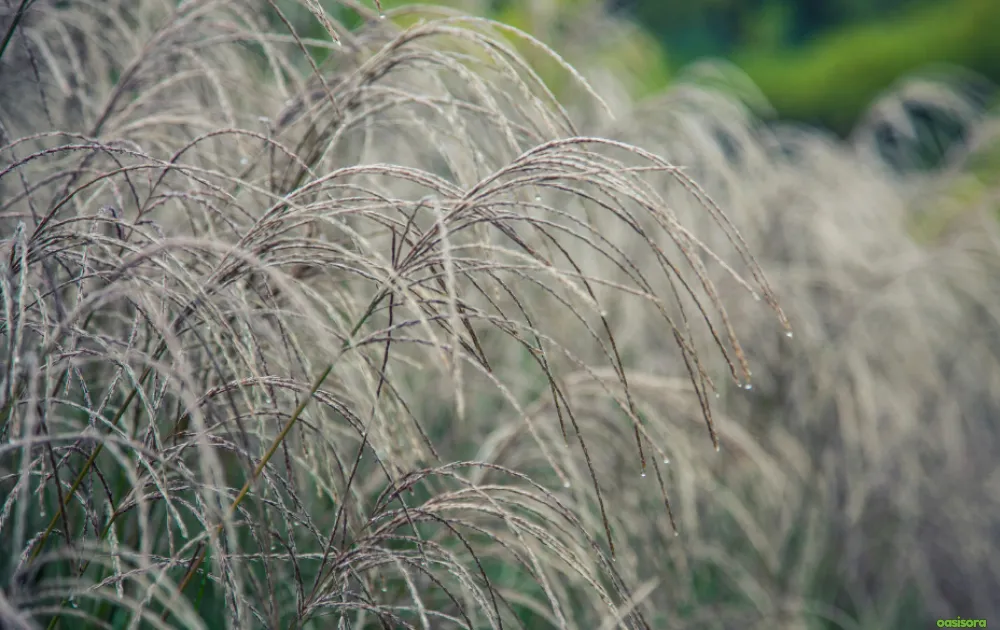
Under the bright Arizona sun, keeping plants alive can be tough, but it’s far from impossible. Even in the heat, your yard can look calm and green with ornamental grasses in your Arizona landscape. I’ve discovered they retain their color through long, dry days and bring a soft and peaceful feel to your space.
Today, let’s see them in complete detail and see how these grasses can change the look of your entire landscape. Let’s get started.
Why Ornamental Grasses Work So Well in Arizona Landscapes?
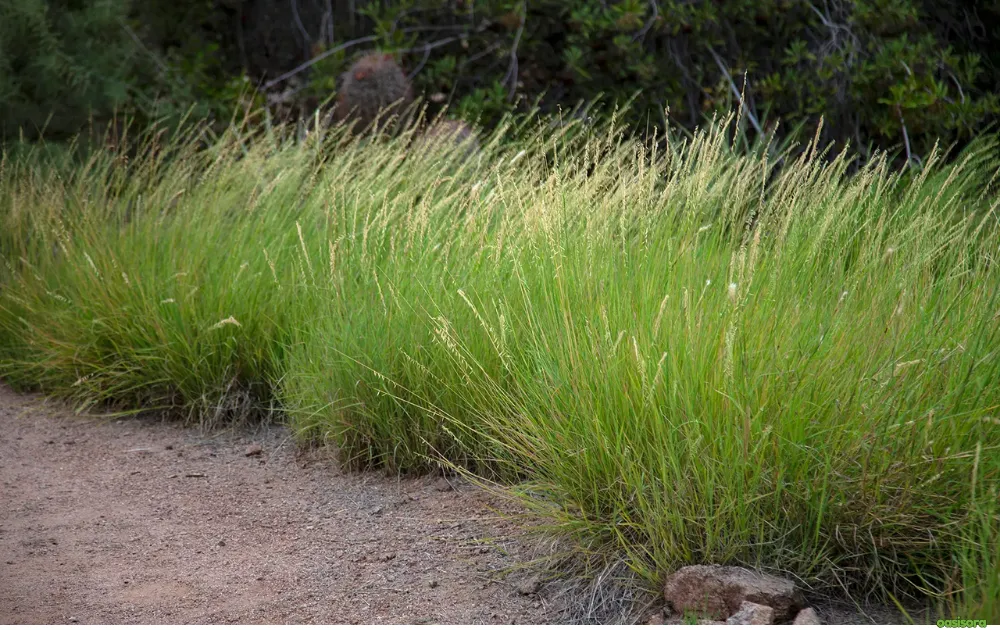
Survive Extreme Heat and Drought
Arizona’s sun is tough, yet these grasses hold their color when many plants dry out. Their roots go deep and find water hidden under warm soil. I noticed they stay green even after weeks without rain, and that sight made me believe they truly belong here.
Add Visual Texture and Movement
When a light breeze passes, the leaves move softly and shine in the sun. This gentle motion breaks the still look of stones and walls. It gives the yard a calm feeling, like nature breathing around you.
Require Very Little Water Once Established
After the roots take hold, these grasses hardly need any water to keep looking fresh. A deep drink now and then keeps them strong. That is why ornamental grasses in your Arizona landscape are loved by people who want beauty without heavy care.
Ideal for Desert-Style, Modern, or Natural Gardens
These grasses fit in every kind of yard. They especially look beautiful next to cactus, rocks, and clean walkways. Moreover, their soft touch balances the bright colors of desert plants and makes each space feel complete.
How to Choose Ornamental Grasses for Arizona’s Climate?
Choosing the right grass for Arizona’s bright sun and dry air takes a bit of attention. Every yard is different, so it is necessary to notice how much sun, shade, and space you have. According to my experience, even small changes in soil or light can shape how these grasses grow and thrive.
1. Sun Exposure
Grasses that grow well in full sun suit desert areas the best. They stay bright and healthy, even when the heat rises. Give them a sunny spot where they can take in the sunlight most of the day.
2. Soil Type
The state soil is often sandy or rocky. Choose grasses that can handle that rough mix. They root deeply, hold firm in the wind, and grow healthy where many plants would give up.
3. Water Needs
Once they settle, most desert grasses live well on little water. A slow soak every week or two keeps them strong and green. This is why ornamental grasses in your Arizona landscape work beautifully for water-wise homes.
The Arizona Municipal Water Users Association states that many ornamental grasses stay healthy with minimal water when planted with drip irrigation. This simple setup keeps roots hydrated while saving water — a perfect fit for the state’s dry climate.
4. Purpose
Think about what you want them to do. Some grow tall and act like soft fences for privacy. Others spread gently and cover open spots with color. While a few hold the soil in place after summer rain. Pick the type that matches your yard’s design and goals.
Top Ornamental Grasses That Thrive in Arizona
The state offers many kinds of grasses that stay strong even in dry heat. Some bring color, some add height, and others fill small spaces with soft movement. From my experience, ornamental grasses in your Arizona landscape can completely change the look of a yard, adding calm movement and desert charm.
1. Best for Texture and Color
If you want to bring color and a soft touch to dry spaces, the following kinds of grasses will be the perfect choices for you:
Pink Muhly Grass (Muhlenbergia capillaris)
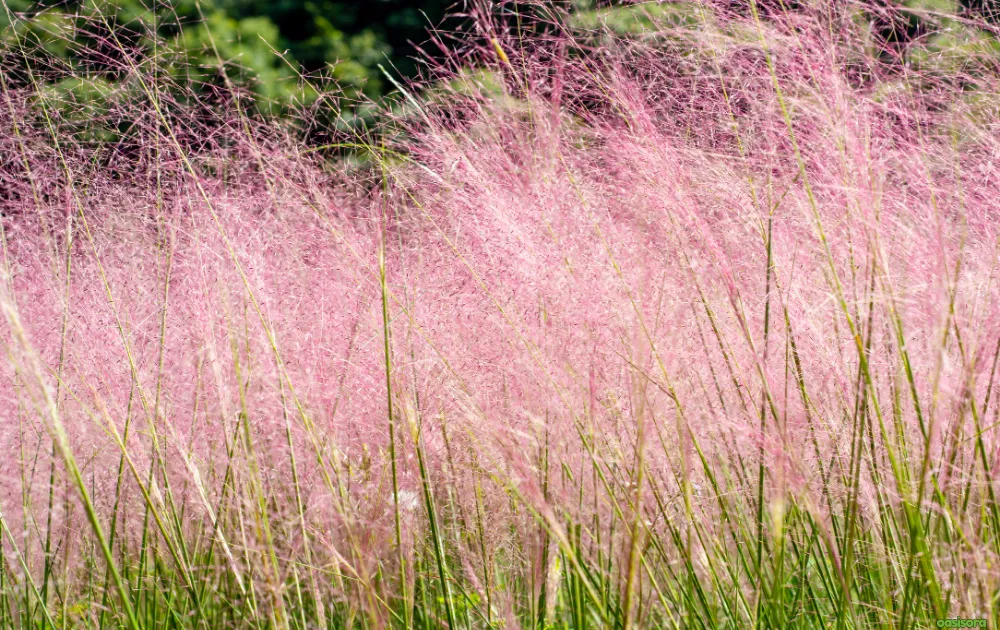
Pink Muhly Grass
Pink clouds of flowers appear in fall, turning every corner bright and dreamy. This grass loves full sun and stays neat even with little water. In my yard, it looked magical under sunset light.
Blue Fescue (Festuca glauca)

Blue Fescue Grass
A small grass with neat, silver-blue mounds that stay tidy all year. It works well along borders or walkways and blends beautifully with other cool-toned ornamental grasses in your Arizona landscape. I planted a few near my front path, and their soft blue shade always catches the morning light most nicely.
Mexican Feather Grass (Stipa tenuissima)
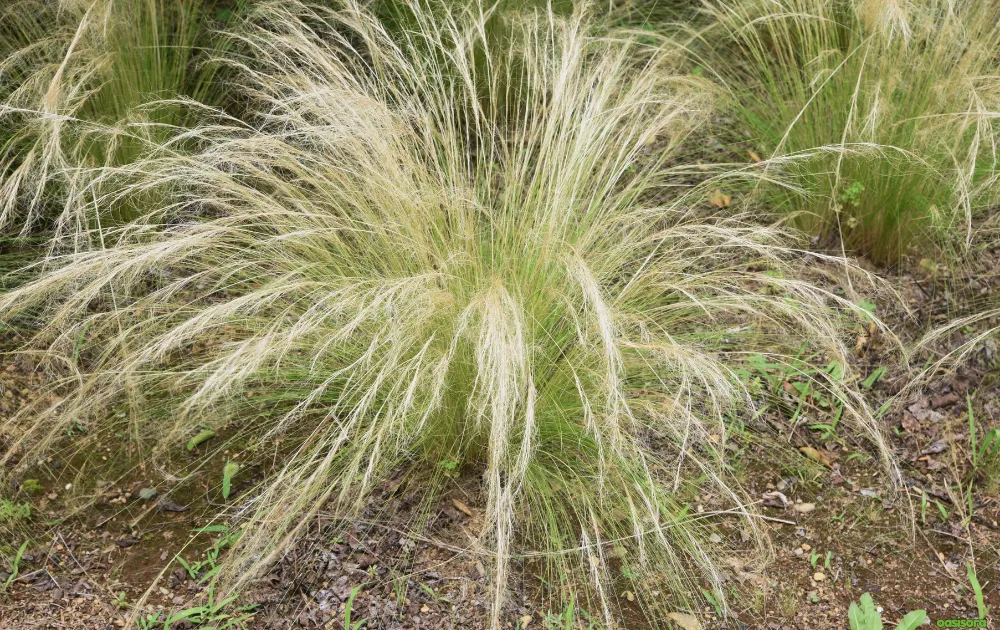
Mexican Feather Grass
This soft, feathery grass dances with every breeze. It’s light, airy, and gives life to quiet garden corners. It grows best in full sun and well-drained soil.
2. Best for Privacy or Height
Moving ahead, the following tall grass types help create private, peaceful corners while keeping an aesthetic, natural look.
Deergrass (Muhlenbergia rigens)
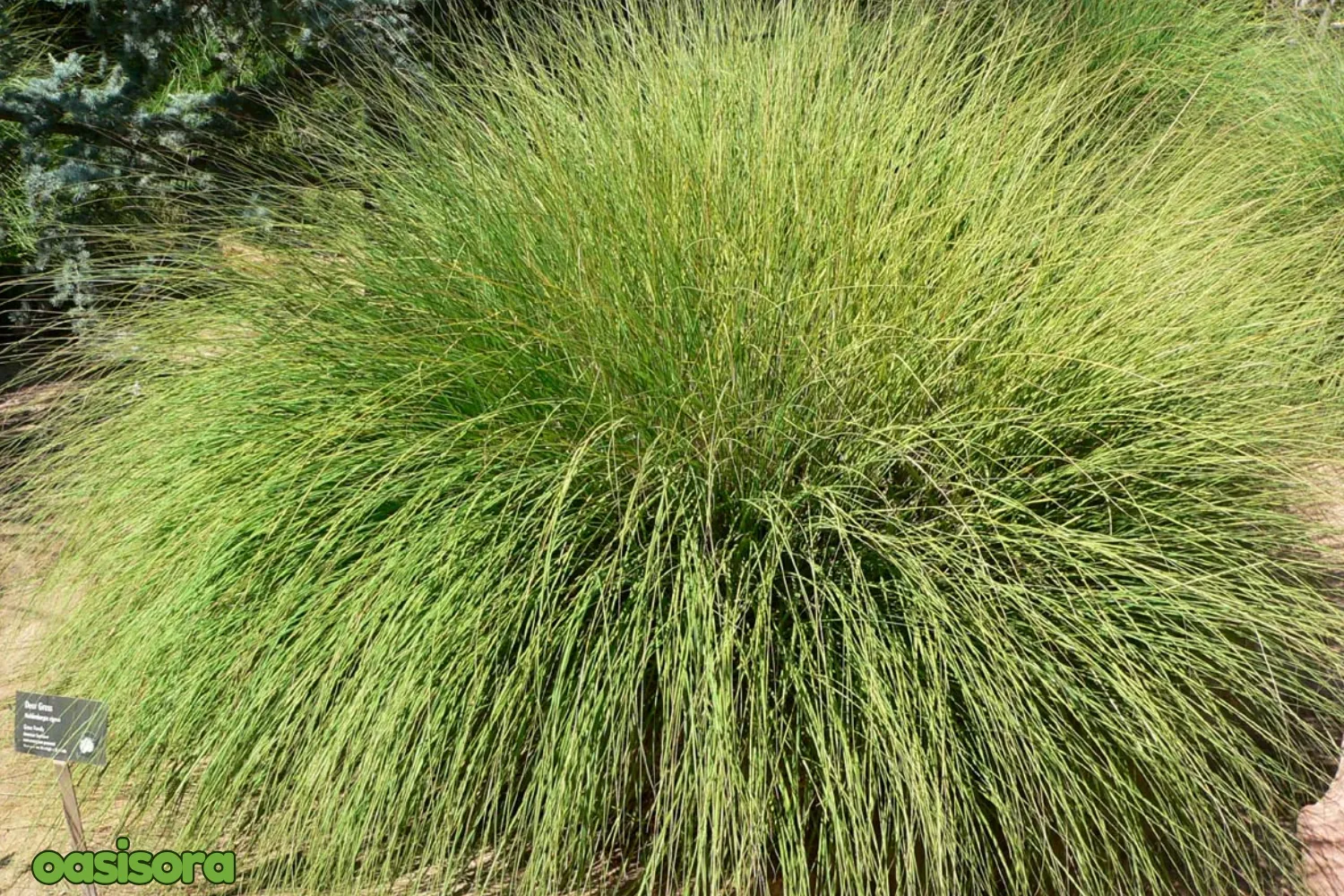
Deergrass
An Arizona native that grows thick and tall, perfect for creating natural screens. It is drought-friendly and adds graceful motion when the wind passes through.
Giant Sacaton (Sporobolus wrightii)
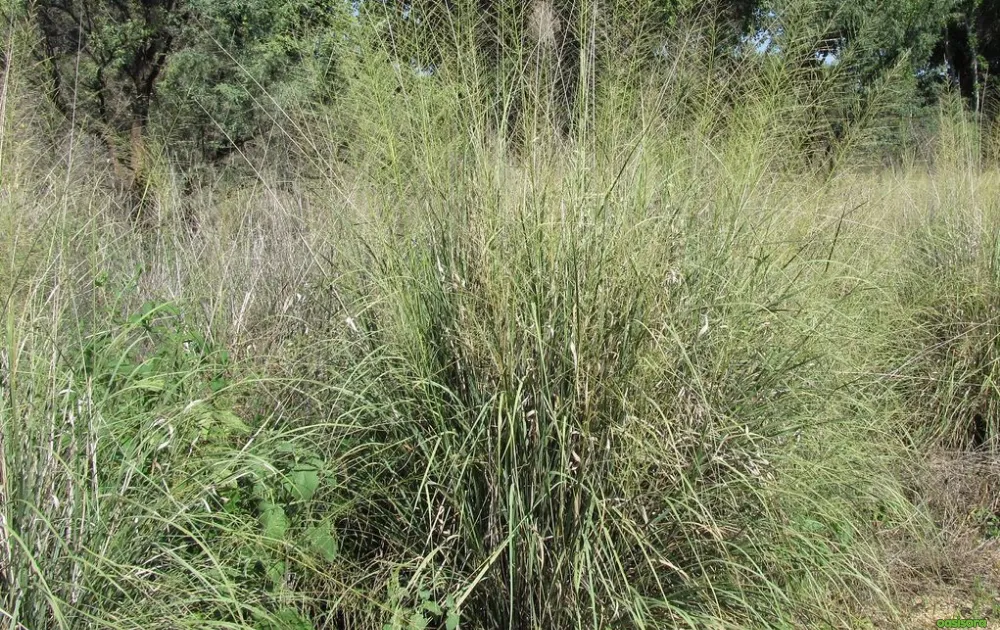
Giant Sacaton
Tall, bold, and bright green, this grass loves heat and handles poor soil easily. It makes a strong centerpiece in wide yards. I once added it to an open corner of my yard, and it quickly became the spot everyone noticed first — tall, graceful, and full of desert charm.
Pampas Grass (Cortaderia selloana)

Pampas Grass
Famous for its large white plumes, it fills big yards with soft, moving beauty. Among all the other ornamental grasses in your Arizona landscape, this one will stand out best when planted where it has space to spread freely.
3. Best for Desert and Drought Conditions
If you want grasses that survive on little water, given below are some of the most reliable options and top picks for you:
Bamboo Muhly (Muhlenbergia dumosa)
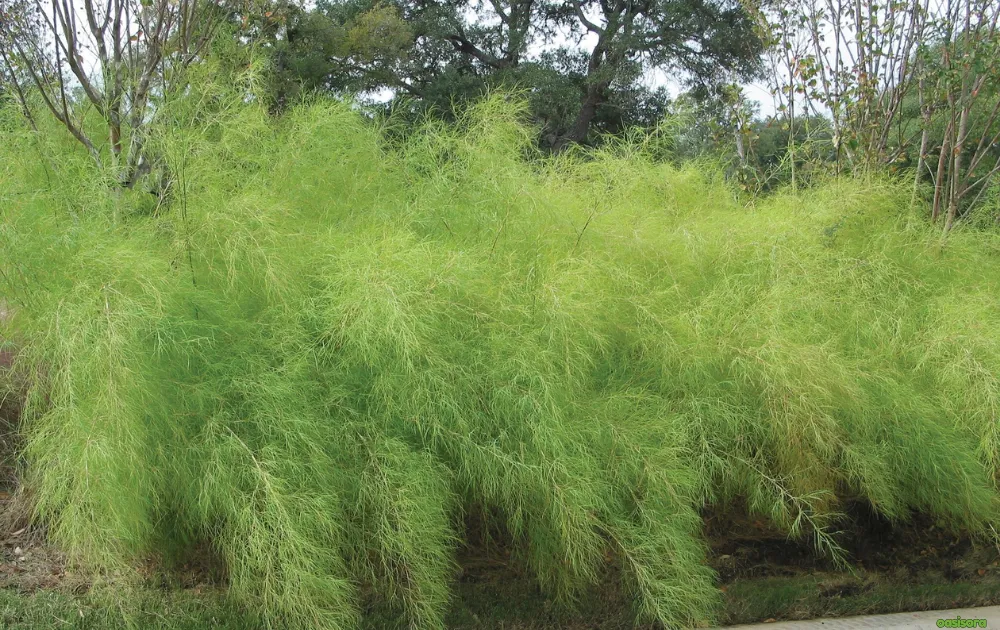
Bamboo Muhly
Looks like gentle bamboo, but grows better in desert light. It fits well in modern designs and needs only light watering once settled. I planted a few along my patio, and they added such a soft, airy look that the space instantly felt cooler and more relaxed.
Bear Grass (Nolina microcarpa)
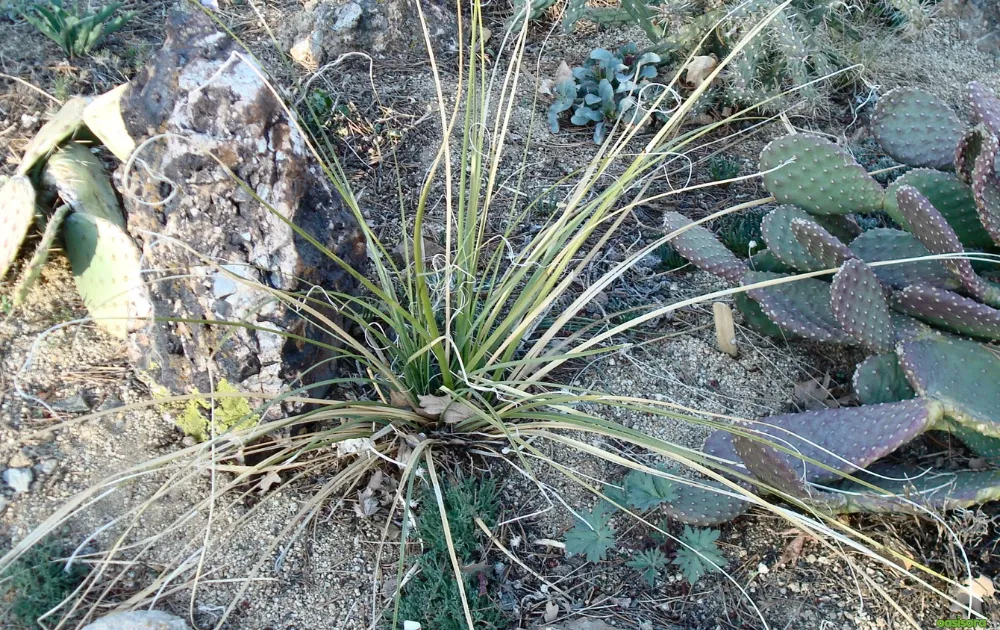
Bear Grass
This native desert plant has thin, curly leaves that stay fresh all year. It’s a true survivor that fits perfectly with all the other ornamental grasses in your Arizona landscape.
Lindheimer’s Muhly (Muhlenbergia lindheimeri)
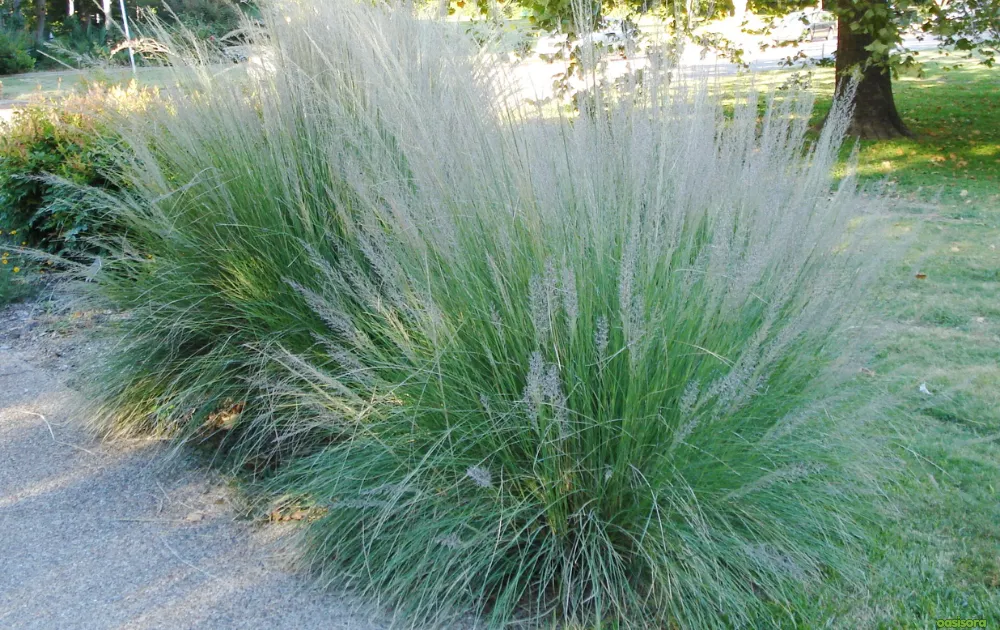
Lindheimer’s Muhly
With blue-green leaves and tall flower spikes, it brings color to rocky areas. It’s hardy, low-maintenance, and blends nicely with desert tones.
4. Best for Accent and Border Planting
Use the following grass types to soften edges, highlight pathways, or frame cactus beds with color and motion.
Purple Fountain Grass (Pennisetum setaceum ‘Rubrum’)

Purple Fountain Grass
Rich burgundy leaves and soft pink plumes glow under evening light. It’s an easy way to bring warmth to open spaces.
Blue Oat Grass (Helictotrichon sempervirens)
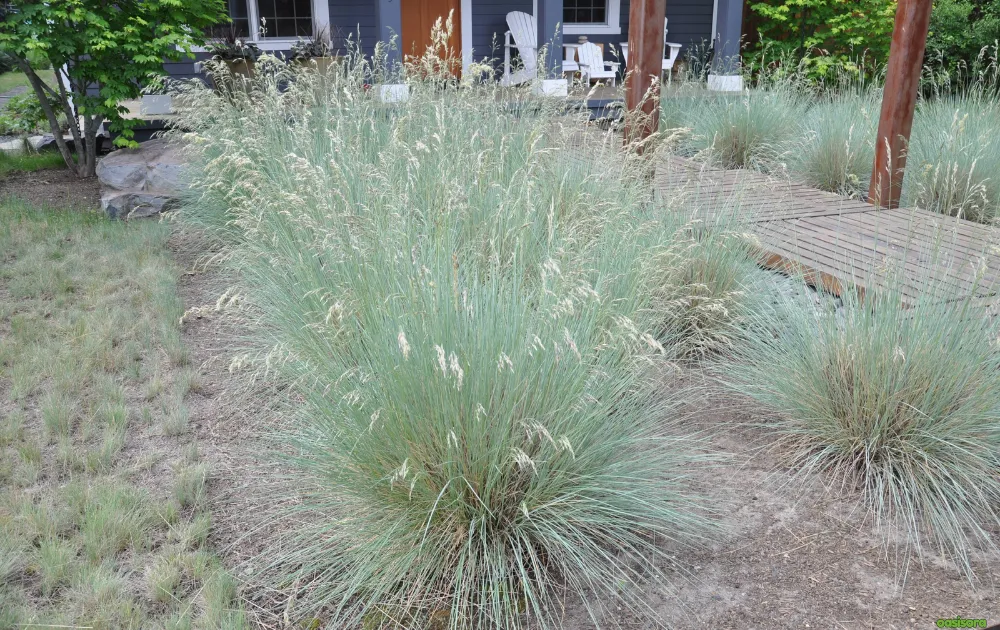
Blue Oat Grass
Neat blue mounds that keep their color through every season. They contrast beautifully with stones, succulents, and bright flowers. I once planted them near a rocky path, and their cool tone made the whole area look calm even during the hottest weeks.
Little Bluestem (Schizachyrium scoparium)
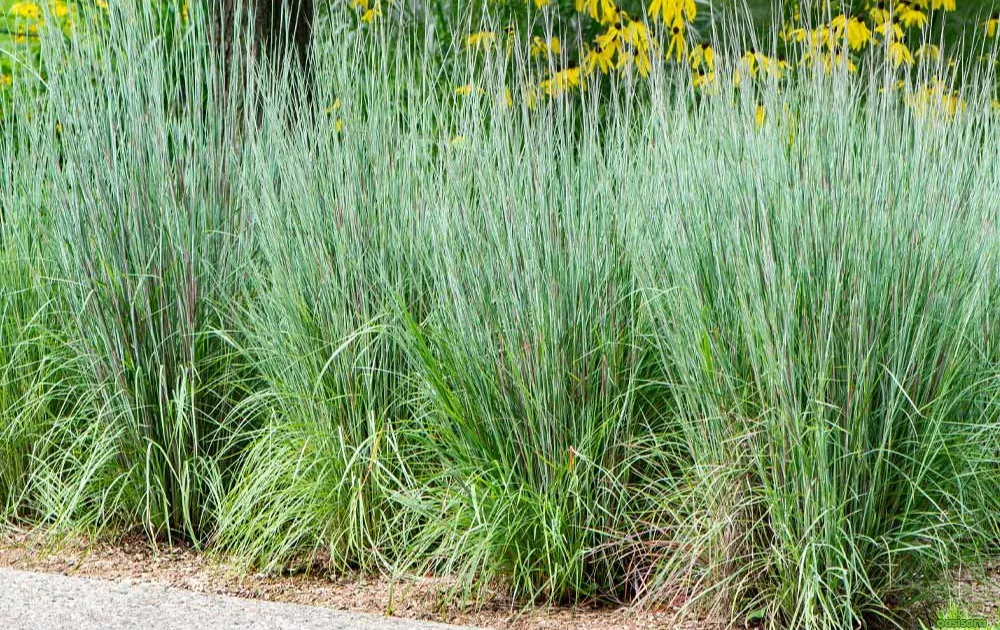
Little Bluestem
A small but stunning grass that shifts from blue-green to copper orange in fall. Its changing shades make it a favorite for year-round interest.
Design Ideas: How You Can Use Ornamental Grasses in Arizona Landscapes?
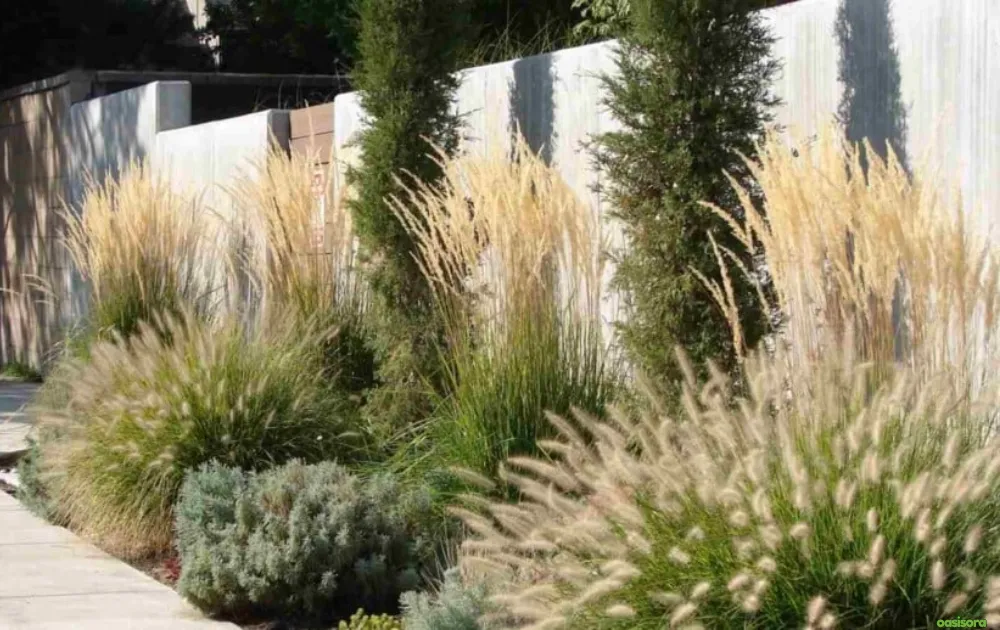
Design Ideas for Ornamental Grasses in Arizona Landscapes
When used creatively, ornamental grasses in your Arizona landscape can turn dry spaces into soft, lively scenes. Their colors and shapes mix well with desert plants and stone, creating a natural look that feels both tidy and calm.
I once helped a neighbor plan her front yard using these ornamental grasses, and the change was amazing. They served as simple plants that made the entire space look cool and more welcoming than ever before.
Pair with Cacti and Succulents
Tall grasses beside cacti and succulents create eye-catching contrast. The thin, swaying blades soften the sharp lines of agave or aloe, giving your garden both texture and balance. This mix also highlights natural desert beauty without needing too much care.
Soften Rock Gardens and Walkways
Short grasses are perfect for breaking the hard look of stones. Try planting blue fescue or Mexican feather grass near paths or boulders. Their light motion makes the space look friendly and well-kept, while helping the ground stay cool.
Build Natural Privacy Screens
Deergrass and giant sacaton make lovely natural screens that blend easily into the Arizona setting. They stand tall, covering fences or open spots, but the air still flows gently through them. It’s an easy way to keep a cozy feel without heavy walls or hedges.
Mix Warm and Cool Tones
Warm pinks, soft greens, and cool blues can bring harmony to your yard. Among ornamental grasses in your Arizona landscape, pink muhly adds color, blue oat grass brings calm tones, and native deergrass keeps everything balanced. Together, they make the garden feel alive through every season.
Add Light for Evening Glow
When night falls, small garden lights placed near tall grasses make the yard look magical. The seed heads glow softly, moving with every breeze. It’s a peaceful way to end the day while enjoying your outdoor space.
Maintenance Tips for Arizona Ornamental Grasses
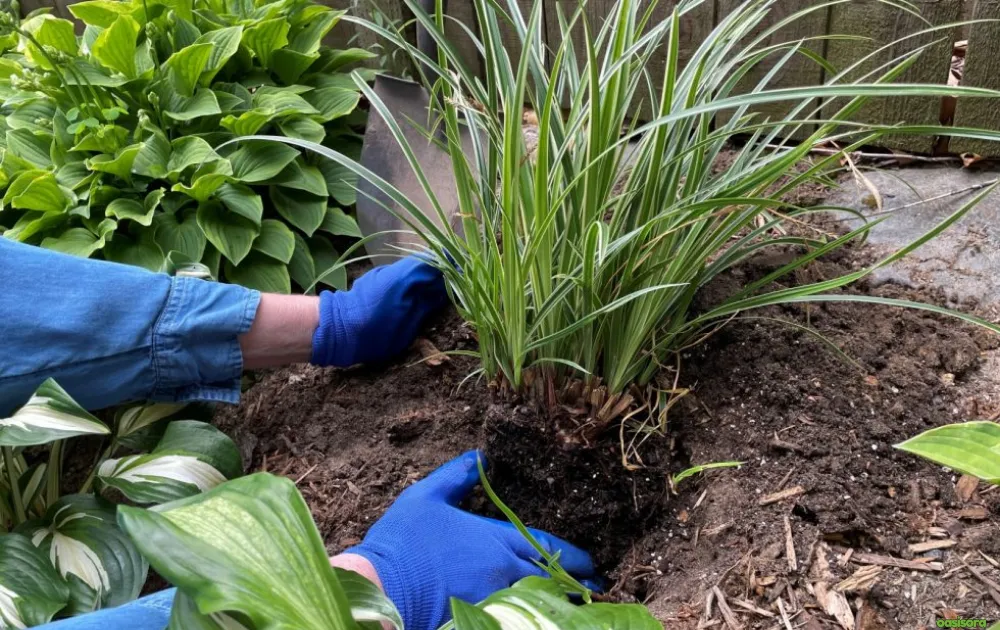
Maintenance Tips for Arizona Ornamental Grasses
Caring for desert grasses is simple once you understand their rhythm. They don’t need much, just the right watering, a light trim, and some open space to breathe. In my own garden, I noticed that when I followed these small care steps, the plants stayed fresh and bright even through long and hot months.
1. Water Deeply but Not Often
In the first year, give your grass deep water every week or two. This helps their roots grow strong and reach down for moisture. Once they’re settled, you can water even less; they’ll stay healthy through dry months with just an occasional soak.
2. Trim in Late Winter
Cut grasses back before new growth begins. According to The Spruce, cutting back ornamental grasses at the right time, usually in late winter or early spring, helps new shoots grow stronger and keeps the plants looking neat throughout the year. Use clean shears and leave a few inches above the ground. This way, the garden looks tidy again in no time.
3. Avoid Heavy Fertilizers
The decorative grasses usually like lean soil. Adding too much fertilizer can make them weak or cause fast, uneven growth. In ornamental grasses in your Arizona landscape, even a light layer of compost once a year is all they need to stay strong and healthy.
4. Divide Every Few Years
After a few seasons, you may see clumps getting thick. Dig them up and divide the roots into smaller sections, then replant them. I did this last spring, and it made my garden look fresh again. Moreover, the grasses filled out faster and looked younger than ever before.
Common Mistakes to Avoid
Even the easiest plants can struggle if a few small things go wrong. I’ve noticed the following common errors while caring for ornamental grasses in your Arizona landscape. Fortunately, they’re easy to fix once you know them.
- Don’t plant cool-season grasses. These types can’t handle its extreme heat. Choose warm-season or native grasses that naturally thrive in dry weather.
- Too much water leads to root rot and weak growth. Once the grasses settle, water deeply but not too often.
- When the soil holds too much water, roots can’t breathe, and the plants start to fade. I once noticed this in a corner of my yard where the ground stayed damp after rain, and the grass looked dull and weak. After mixing in gravel and sand, the water drained better, and the plants came back stronger than before.
- Some grasses, like fountain grass, spread quickly and crowd out other plants. Go for local or non-invasive types instead.
Final Thoughts
When you plant ornamental grasses in your Arizona landscape, the change feels instant. They bring motion, soft color, and life even in dry heat, all without much effort. I still remember the first time I planted a few unique decorative grass types; they needed little care, but made the whole yard look calm and complete. With the right mix, you can build a desert oasis that stays fresh through every season, saving both time and water while keeping your space beautifully alive.
FAQs
What are the best ornamental grasses for Arizona heat?
Pink Muhly, Deergrass, and Bamboo Muhly are great choices because they handle high temperatures and dry soil easily.
How often should I water ornamental grasses in Arizona?
Water deeply once every one to two weeks until the roots settle, then cut back to occasional watering.
Are ornamental grasses good for small yards?
Yes! Compact types like Blue Fescue or Mexican Feather Grass fit perfectly in small spaces or along pathways.
Can ornamental grasses survive winter in Arizona?
Most do. Just trim them in late winter, and they’ll regrow healthy when spring warmth returns.
